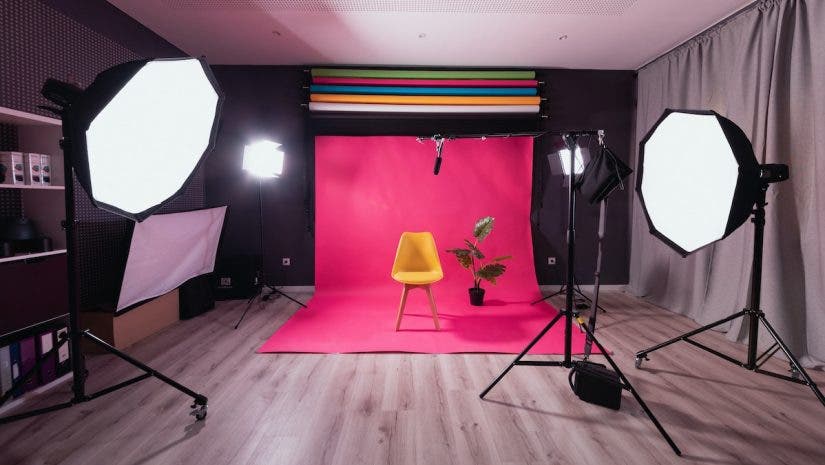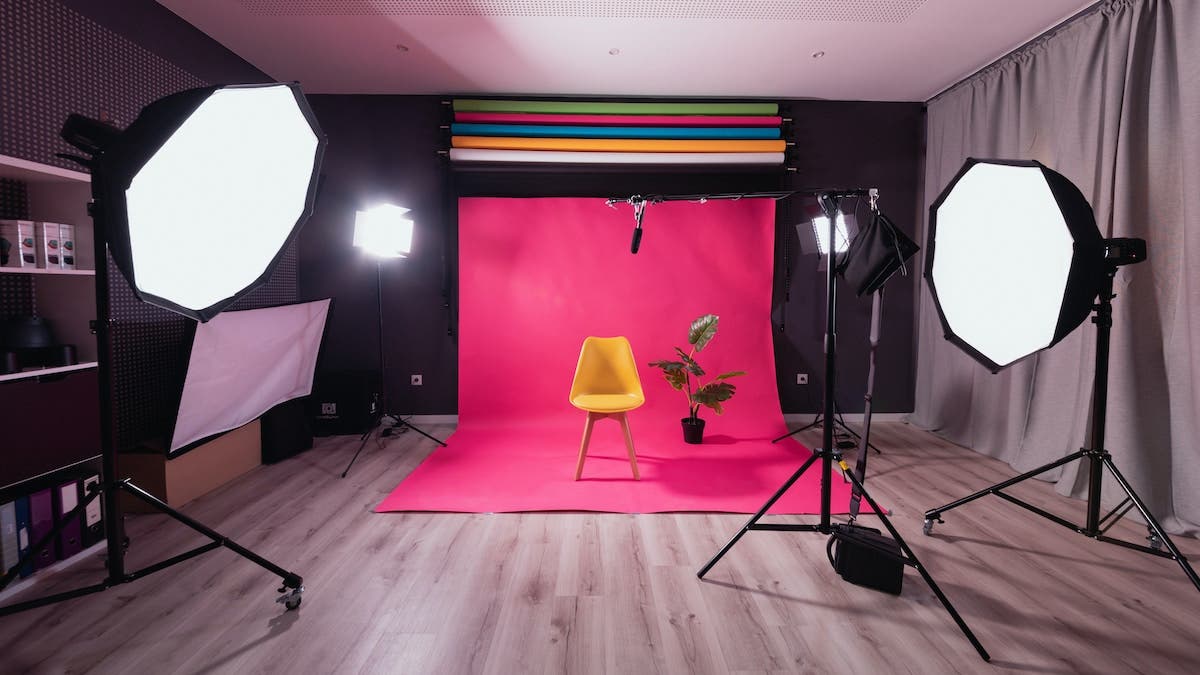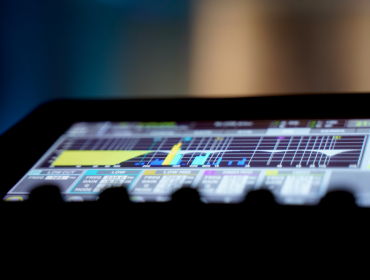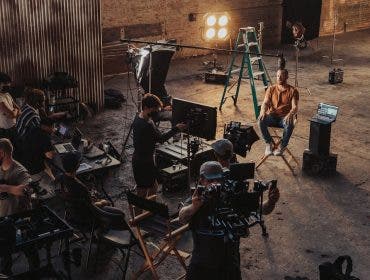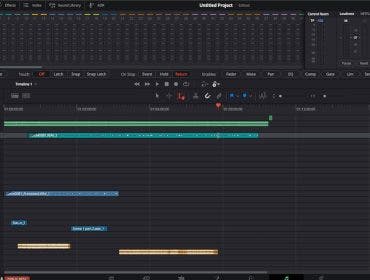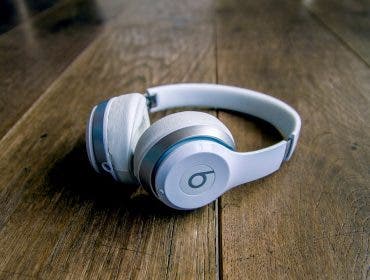For many photographic genres, regardless of whether you shoot indoors or outdoors, you may be required to modify the available light by adding artificial light sources. This allows you to control the light’s direction, angle, intensity, and even color. The only thing you cannot change is the quality of light produced by an artificial source — that’s a built-in property of the device. This may be an issue because artificial light can sometimes be harsh and directional. Therefore, you need a tool that is able to modify the quality of light and make it look softer, more natural, and more pleasant. In short, you need a softbox.
What is a Softbox?
A softbox is a light modifier. This means it can capture the light coming from a light source and change its properties. In the particular case of a softbox, the change consists of a softening and diffusing effect. The softbox also spreads the light more evenly than the light source does.
A softbox is made of wire and fabric. It looks like a strange box, narrower at one end and wider at the opposite end. It may come in many shapes and sizes, but the sides are trapezoidal. The source of light fits at the narrow end. The wide end is covered with a diffusing white fabric that makes the light evenly distributed and smooth. A softbox usually has a white interior, although you can find variations such as glossy or silver inner lining.
How to Use a Softbox
One can use a softbox in almost any situation because it flatters all types of subject matter and complements the available light (e.g., sunlight or ambient interior lights). A softbox is also unpretentious regarding its position relative to the subject (e.g., in front of the subject, on a side, above, or behind it). And it works with speed lights, strobes, and continuous lights just as well. A softbox is often used as a fill light in 3-point lighting setups to add a sense of depth, make the subject stand out from the background, and avoid taking flat photographs. The softbox reduces harsh shadows and creates a pleasant ambiance.
Of course, you can use a softbox as the primary light, placed in front of the subject to provide the main illumination. Soft and diffused light complements the subject’s features, hiding skin imperfections, for example, and smoothing surfaces. For macro photography, it’s easy to imagine a light design with the primary light modified by a small softbox. The angle at which you position the light source influences how much shadow you create. And you can always add a fill light (also with a softbox on) to create the 3D space you need.
If you need perfect highlights, you need a softbox. A long and narrow softbox (aka a strip box) creates linear highlights that emphasize the features of objects (cars, for example) or persons (hair glow, muscle highlighting, etc.). But even a regular softbox can brighten materials that reflect light and create beautiful highlights.

When to Use a Softbox
Use a softbox any time you use a self-standing artificial light source that supports a softbox. The condition is to have a light source-subject distance that makes lighting efficient. The softbox reduces the light intensity and decreases the fall-out of the light. Therefore, the subject needs to be a little bit closer to the light than when shooting without a softbox.
Portrait and fashion photographers use a softbox in the studio and outdoors because it smoothes the skin, removes imperfections, and flatters the subject. It also enhances highlights, emphasizes details, and brings out the best physiognomy and clothing features. Furthermore, the soft light is not so disturbing for the model and helps them relax and enjoy the photo shoot. So, use a softbox whenever you photograph people from a reasonable distance. Diffused light is also good for photographing insects. If you have a fixed photo setup in your garden, you can use a softbox to ensure you have enough light for macro photography without disturbing your tiny subjects.
You should also consider a softbox for product and food photography. It produces even lighting that surrounds the subject and creates a commercially-appealing composition. In this case, an artificial light source with a softbox may be the only light source for the scene. Furthermore, if you have white surfaces in the scene (e.g., background, tabletop, plates, etc.), the softbox will increase brightness, smooth imperfections, and make the subject stand out.
A strip box is particularly useful to emphasize highlights, bring details to life, and make people and objects look outstanding. It can be used as a hair light in portraits or detail-enhancer light in automotive portraiture. Thin glowing edges add a sense of depth and recreate the three-dimensionality of the subject.
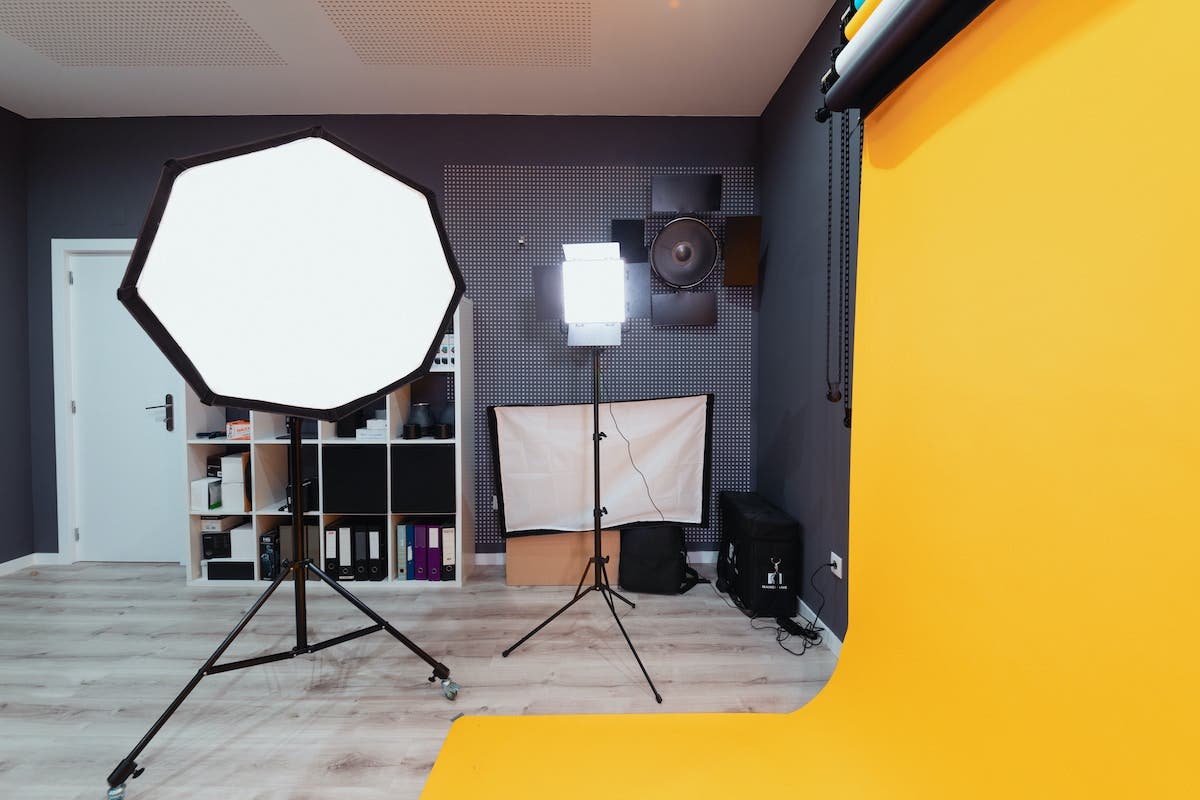
Types of Softboxes
Although all softboxes share the purpose of softening and spreading light, their shape, size, and material make a difference. Thus, to achieve the effect you are after, you need to understand the different types of softboxes and use the right one for each photo setup.
Based on shape, softboxes are:
- Rectangular: Great for portrait or landscape orientation compositions, rectangular softboxes are popular amongst portrait photographers. The category also includes strip boxes — very narrow rectangular softboxes used for enhancing highlights.
- Square: Square softboxes are smaller than rectangular ones and fit any studio. They project light on a uniform area of the composition and work very well in commercial photography (product, food), as well as for macro and close-up photography and headshots.
- Octagonal: They have a natural shape, almost circular, that perfectly fits portrait and fashion photography. Octagonal softboxes create an even illumination surrounding the subject, just like sunlight.
The depth of a softbox influences the level of diffusion. When the diffusion panel is closer to the light source (the softbox is less deep), the illumination is stronger, and the modifier preserves the shape of the light. When the diffusion panel is far away from the light source (the softbox is deep), the illumination is softer and more spread. A flat softbox is often used to soften the light coming from above the subject; while a deep softbox is more suitable for portraiture.
Most softboxes are made of fabric in order to be lightweight and portable. However, hard plastic softboxes exist, and they are a good option for studio-only photography because they are resistant and durable. The inner lining may also differ. Often, it’s a white canvas that reflects light naturally. But there are also softboxes with silver, glossy, and metallic foil lining for higher reflection.
Best Softboxes
You have plenty of options regardless of the type of softbox you prefer. Consider light quality but also portability, sustainability, workflow, and versatility. Here are our choices:
Flashpoint Softbox FPSSBK, 70Watt Fluorescent Light
Affordable, large, and versatile, this rectangular 20 x 27-inch softbox is perfect for product, still-life, and portrait photography. It’s easy to assemble, foldable, and comes with a 70-watt flicker-free fluorescent, spiral bulb, with daylight balance (5500K color temperature). Because it doesn’t emit too much heat, you can use it all day long.
Glow EZ Lock Quick Octa Large Softbox with Bowens Mount (36″)
If you’re looking for an octagonal softbox, Glow Octa Quick Softbox is a good option thanks to its quick-to-setup, umbrella-like assembly, large 36-inch diameter, and handy accessories. It features a silver interior lining, 130mm interchangeable speed ring inserts, a reversible deflector disk, translucent diffusers, and an egg crate grid. It’s suitable for fashion editorials and full-body portraits.
Aputure Lantern 360-Degrees Softbox
The Aputure Lantern is a 26-inch spherical softbox designed for filmmakers and videographers. It provides a 270-degree beam angle and works with LED lights and studio strobes. It also features a 4-section fully adjustable light control skirt that lets you control the light. The aim is to create a fast and smooth workflow and provide all the portability and durability a filmmaker needs.
MagMod MagBox Pro 24″ Octa Softbox
Featuring a fast zip on the diffuser, a large 24-inch diameter, and a magnet-attaching honeycomb grid, MagMod is an octagonal softbox for any location. It’s easy to set up, portable, and durable. Designed for strobes and speed lights, the softbox is perfect for shooting on location, such as at events, because it provides the speed and versatility you need without compromising light quality.
Godox 55″ Octagon Softbox with Bowens Mounting, Grid
Godox 55″ is a large octagonal softbox that features grids, internal and external diffusers, eight flex rods, and a speed ring for the flash head. It’s designed for both strobes and continuous light sources and provides a silver inner lining for optimal reflection. Its large diameter makes it suitable for fashion editorials, full-body portraits, and group photos.
Profoto 5′ RFi Softbox Octa
If you want an octagonal softbox for beauty and headshots, Profoto is a good option. The Profoto RFi Octa Softbox features a 60-inch front diameter and 18.5-inch depth, double-layered diffusers, a highly reflective silver interior, color-coded rods, and a woven transport bag. It’s versatile and durable and creates a flattering light, much appreciated by portrait photographers.
Softbox vs. Umbrella
Both softboxes and umbrellas are light modifiers that soften the light coming from an artificial light source. They also spread the light more evenly. However, an umbrella doesn’t provide the same control over the direction of the light. Although it may have several sizes, it only has one shape (the umbrella shape). A softbox, on the other hand, may have several shapes. It may provide rectangular, square, stripe, or octagonal illumination. With the help of accessories, the photographer controls the light’s direction and shape, which makes a softbox much more versatile than an umbrella.
Softbox vs. Beauty Dish
Unlike a softbox that can easily be used for any type of photography, a beauty dish is designed for beauty, headshots, and portraiture. It is a disc that goes in front of the light source and creates a donut-shaped illumination, which is flattering for human facial features.
While a softbox produces a soft illumination and reduces harsh shadows, a beauty dish produces hard light and enhances shadows. Softbox versus beauty dish is essentially soft, natural illumination versus dramatic illumination. A beauty dish will accentuate any imperfection (e.g., wrinkles, freckles, etc.). At the same time, it will reveal all the details of makeup, which is exactly what beauty photographers want.
Softbox vs. Ring Light
A ring light is a light source that can be mounted on the lens or independently. It produces a circular even illumination, with few shadows, just like an octagonal softbox. Also similar to a softbox, a ring light is flattering because it reduces skin imperfections and makes the eyes sparkle. However, a ring light produces a hard light with a small diameter. It’s suited for headshots and beauty editorials but not for full-body portraits. And if you need a soft, natural-looking light with even transition and a smooth appearance, you need a softbox.
Softbox vs. Light Panel
A light panel is a continuous light source able to produce an even illumination. Usually made of LEDs, a light panel emits less heat than other light sources and is less disturbing for a model. However, it isn’t a light modifier like a softbox and doesn’t produce soft, diffused light. A light panel doesn’t have a diffuser, but you can add one if you need a softer light. Both softboxes and light panels are versatile lighting tools. You can control the light’s direction and shape and block the front part of the device to get a wider or narrower illumination.
Conclusion
A softbox is a necessary piece of equipment in a photo studio and a good-to-have one outside the studio. When photographing people and natural subjects, having a soft, flattering light that resembles sunlight is essential. This is something even the most advanced artificial light sources can’t offer. You need an even illumination that surrounds the subject, regardless of its size, to emphasize its best features. You need to be able to set up lighting according to your brief or artistic vision. Thus, you need the versatility of a softbox, thee ease of use and improvisation, and the level of control it provides.
